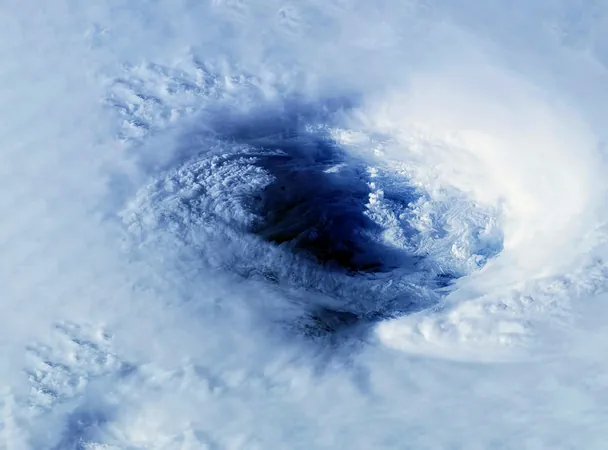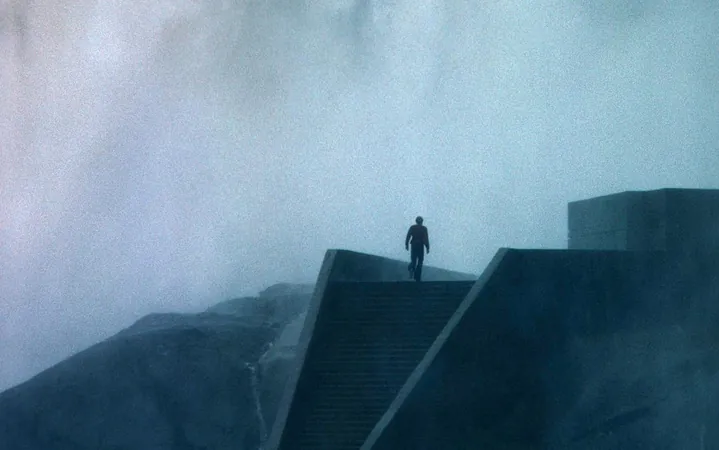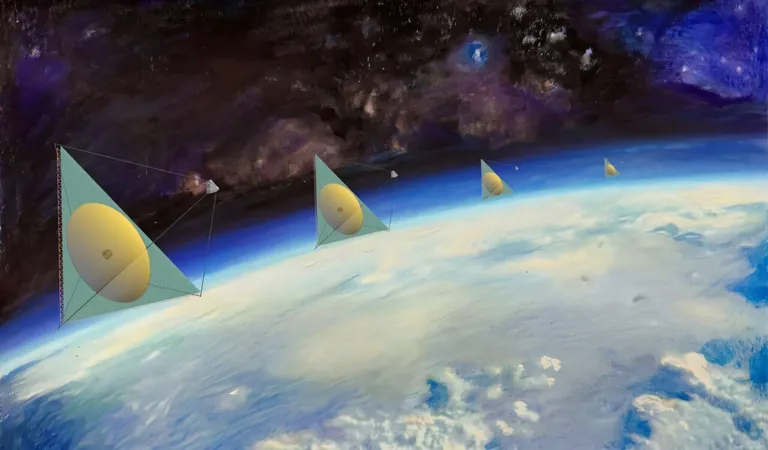
Hope on the Horizon: Antarctic Ozone Hole Could Fully Recover by 2066!
2024-11-03
Author: Jacob
A Milestone Achievement in Ozone Recovery
During the depletion period, which spans from September 7 to October 13, the 2024 ozone hole achieved the distinction of being the seventh-smallest since records began. This positive shift is largely credited to the enduring effects of the Montreal Protocol, an international treaty established in 1987 to phase out substances responsible for ozone depletion, most notably chlorofluorocarbons (CFCs). Since its ratification, the protocol has played a pivotal role in environmental protection, leading to a significant decrease in atmospheric CFC levels.
In September 2024, the ozone hole peaked at a staggering 8.5 million square miles—an area nearly three times that of the continental United States—but subsequently shrank in size as the season progressed. This marks a noteworthy improvement compared to previous decades, demonstrating the positive impact of collective global efforts to protect our atmosphere.
Key Factors Driving Improvement
Experts attribute this year's smaller ozone hole to two primary factors: the continuing decline of CFCs due to regulatory measures and a fortunate influx of ozone from northern air currents. Paul Newman, a leader at NASA's ozone research team, stated, “The 2024 Antarctic hole is smaller than those observed in the early 2000s. The gradual improvement we've seen over the past 20 years confirms that international efforts are effectively addressing ozone depletion.”
The ozone layer acts as a critical shield against the sun's harmful ultraviolet (UV) rays, and its thinning has serious repercussions for both human health and ecosystems. Increased UV exposure can lead to elevated rates of skin cancer and cataracts and negatively impact agriculture and aquatic environments.
From Crisis to Recovery: The Role of CFCs
In the 1970s, the dangers posed by CFCs gained widespread attention, prompting a global crisis response. These substances, commonly found in refrigerants and aerosols, were undermining the ozone layer's integrity. By the mid-1980s, dramatic depletion had been observed over Antarctica, leading to urgent calls for action. The adoption of the Montreal Protocol marked a transformative moment in environmental conservatism, committing nations to eliminate chemicals that harm the ozone layer.
A Cautious Outlook: The Journey Ahead
Despite the optimistic developments of 2024, experts remain cautious about declaring victory. Stephen Montzka, a senior scientist at NOAA's Global Monitoring Laboratory, warns that while the ozone hole's size is encouraging, the layer itself is still a long way from being fully restored. Existing CFCs will linger in the atmosphere for decades, and only time will tell how quickly the ozone layer can rebound.
NASA and NOAA scientists continuously monitor the ozone layer using advanced satellite technology. Their observations are supplemented by data collected from weather balloons, which measure ozone concentrations in units called Dobson units. In 2024, the lowest reading recorded was just 109 Dobson units—a stark contrast to the 225 Dobson units typical in Antarctic skies during 1979.
The Path Forward is Promising
As we move forward, it's essential to remain vigilant and dedicated to environmental stewardship. Each incremental improvement is a step closer to a healthier planet, and the progress demonstrated in 2024 serves as a testament to the efficacy of global action against ozone depletion. While there’s still ground to cover, the light at the end of the tunnel for the ozone layer appears increasingly bright.
Stay informed and engaged as we watch this crucial environmental recovery unfold!









 Brasil (PT)
Brasil (PT)
 Canada (EN)
Canada (EN)
 Chile (ES)
Chile (ES)
 España (ES)
España (ES)
 France (FR)
France (FR)
 Hong Kong (EN)
Hong Kong (EN)
 Italia (IT)
Italia (IT)
 日本 (JA)
日本 (JA)
 Magyarország (HU)
Magyarország (HU)
 Norge (NO)
Norge (NO)
 Polska (PL)
Polska (PL)
 Schweiz (DE)
Schweiz (DE)
 Singapore (EN)
Singapore (EN)
 Sverige (SV)
Sverige (SV)
 Suomi (FI)
Suomi (FI)
 Türkiye (TR)
Türkiye (TR)